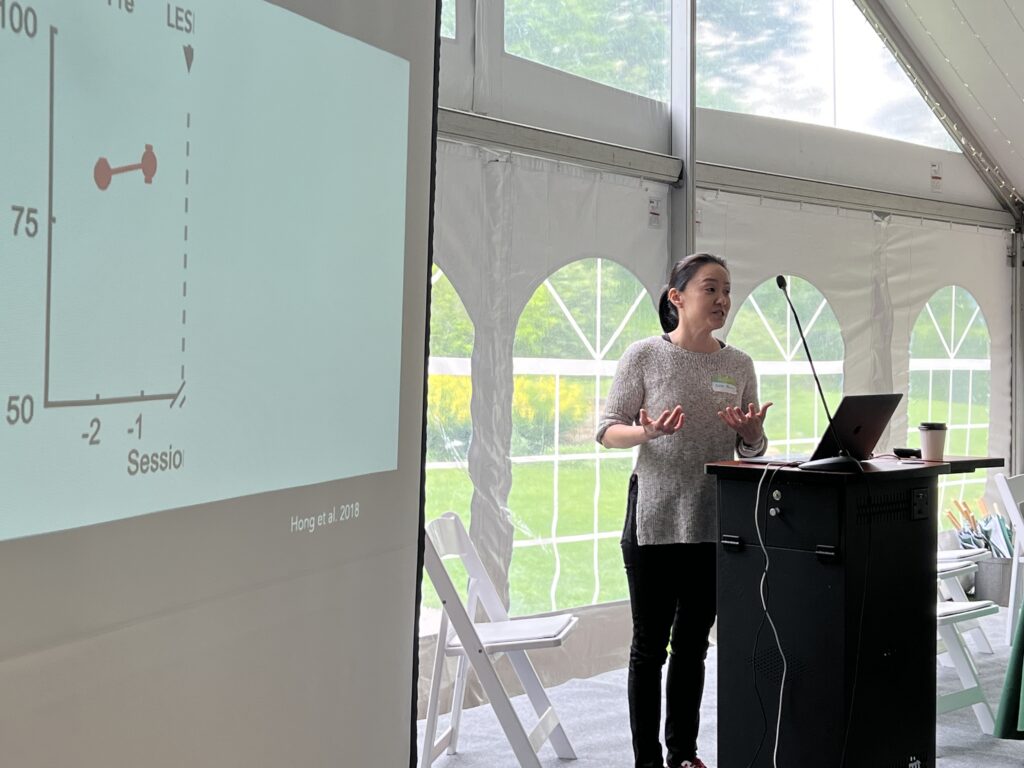


Our graduate training program includes a certificate program offered in collaboration with doctoral programs in over a dozen affiliated academic departments at the University of Pittsburgh and Carnegie Mellon.
With over 170 active faculty, postdocs, and students, the CNBC is the home for neuroscience collaboration and community in Pittsburgh’s academic center. We have members from over 25 academic departments and programs. For information on our individual members and their research interests, be sure to check out our online directory. For information on upcoming events in the CNBC, check out the CNBC calendar.

Want to get in touch? Please don’t hesitate to email us at: cnbc@andrew.cmu.edu
© 2024 Center for the Neural Basis of Cognition
4400 Fifth Avenue, Pittsburgh, PA 15213
A joint initiative of Carnegie Mellon University and the University of Pittsburgh